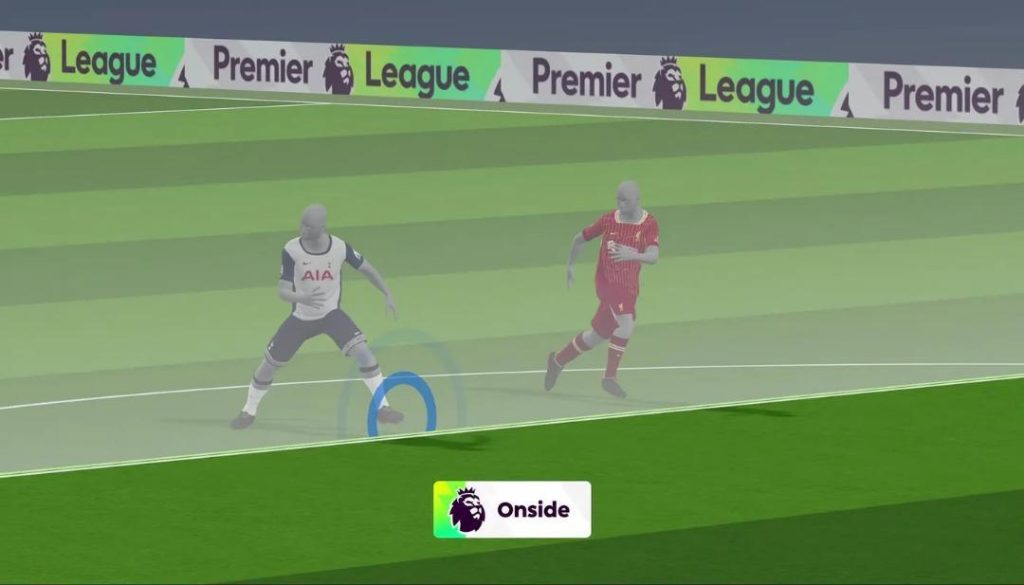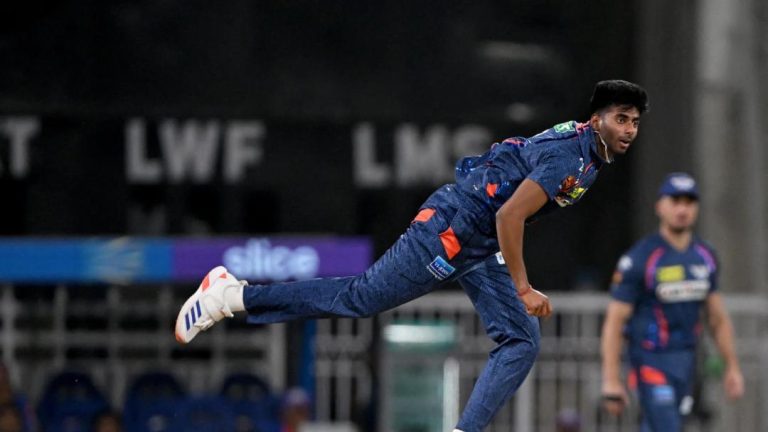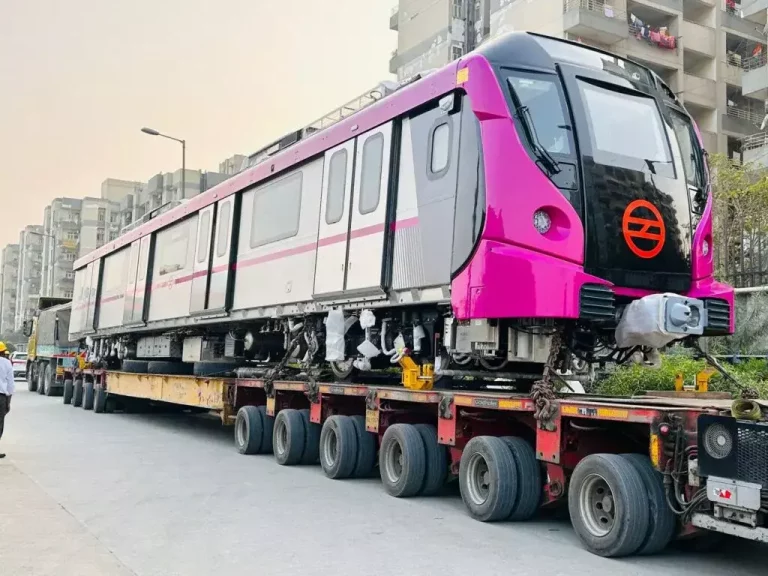
What is Semi-Automated Offside Tech, Set to be Introduced in PL?
The Premier League (PL) is set to introduce semi-automated offside technology (SAOT) for the round of fixtures starting on Saturday. This new technology is a support tool that automates key elements of the offside decision-making process for the video assistant referee (VAR). The system uses up to 30 cameras around PL stadiums, with several capturing footage at 100 frames per second.
The introduction of SAOT is a significant development in the ongoing efforts to improve the accuracy and efficiency of offside decisions in the PL. The technology is designed to provide the VAR team with more accurate and detailed information to make informed decisions. By automating key elements of the process, SAOT aims to reduce the complexity and uncertainty associated with offside calls, which has long been a source of controversy and debate.
So, what exactly is semi-automated offside tech, and how does it work? In this blog post, we’ll delve into the details of the new technology and explore its potential impact on the PL.
What is Semi-Automated Offside Technology (SAOT)?
SAOT is a semi-automated system that uses a combination of human judgment and artificial intelligence to assist the VAR team in making offside decisions. The system is designed to provide the VAR team with accurate and detailed information about the position of players on the field, including whether they are offside or not.
The SAOT system consists of several key components, including:
- Cameras: Up to 30 cameras are installed around the PL stadiums, capturing footage of the game at 100 frames per second. This high-speed footage allows the system to track the movement of players with greater accuracy and detail.
- Software: The captured footage is processed using sophisticated software that analyzes the movement of players and determines whether they are offside or not. The software uses machine learning algorithms to learn from past data and improve its accuracy over time.
- VAR Team: The VAR team, consisting of experienced officials and technicians, reviews the data provided by the SAOT system and makes the final decision on whether a player is offside or not.
How Does SAOT Work?
The SAOT system works by analyzing the movement of players and determining whether they are in an offside position. Here’s a step-by-step breakdown of the process:
- Capture: The cameras capture footage of the game at 100 frames per second, providing detailed and accurate information about the movement of players.
- Analysis: The software analyzes the captured footage, tracking the movement of players and determining whether they are offside or not.
- Flagging: If a player is deemed to be offside, the SAOT system flags the incident, alerting the VAR team to review the footage.
- Review: The VAR team reviews the flagged incident, using the SAOT system to provide additional information and context.
- Decision: The VAR team makes the final decision on whether a player is offside or not, using the information provided by the SAOT system.
Benefits of SAOT
The introduction of SAOT is expected to bring several benefits to the PL, including:
- Improved Accuracy: SAOT is designed to provide more accurate and detailed information about the position of players on the field, reducing the likelihood of incorrect offside decisions.
- Increased Efficiency: The automated nature of the SAOT system means that officials can focus on other aspects of the game, rather than spending valuable time reviewing footage and making decisions.
- Enhanced Fan Experience: SAOT is designed to provide a more engaging and immersive fan experience, allowing fans to enjoy the game without the distraction of offside controversies.
Potential Impact on the PL
The introduction of SAOT is likely to have a significant impact on the PL, both on and off the pitch. Here are a few potential implications:
- Reduced Controversy: By providing accurate and detailed information about the position of players on the field, SAOT is likely to reduce the number of offside controversies and disputes.
- Improved Player Decision-Making: SAOT’s ability to provide accurate and timely information about offside positions is likely to influence player decision-making, with players being more cautious about their positioning on the field.
- Increased Focus on Tactical Aspects: With the automation of offside decisions, officials can focus on other aspects of the game, such as tactical decisions and game strategy.
Conclusion
The introduction of SAOT is a significant development in the ongoing efforts to improve the accuracy and efficiency of offside decisions in the PL. The technology is designed to provide the VAR team with more accurate and detailed information, reducing the complexity and uncertainty associated with offside calls.
While there may be some initial teething issues as the system is implemented, the potential benefits of SAOT are significant, including improved accuracy, increased efficiency, and enhanced fan experience. As the PL continues to evolve and adapt to new technologies, it will be interesting to see how SAOT impacts the game and the fans who watch it.
News Source:
https://www.premierleague.com/news/4256036






